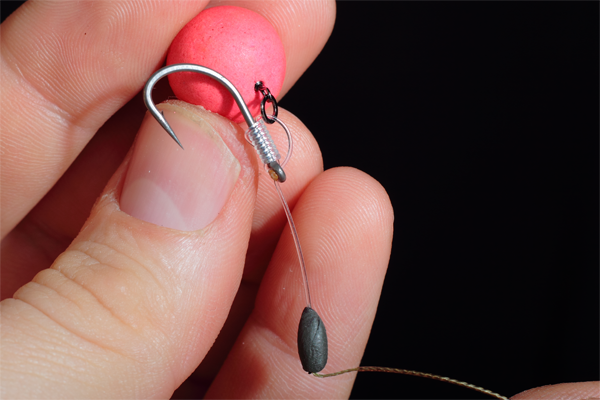Carp Fishing Rigs - A guide to carp rigs
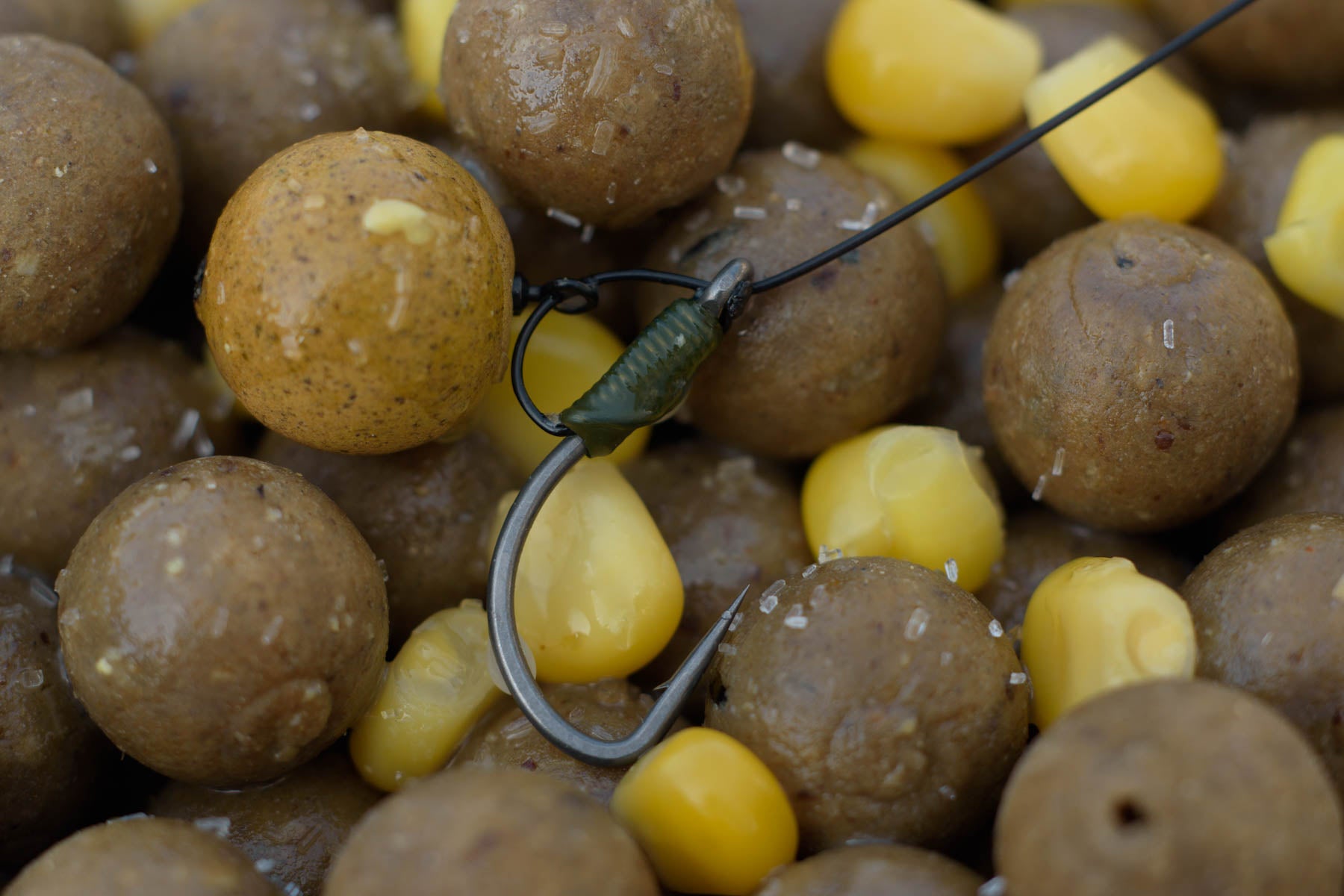
The Clone Rig
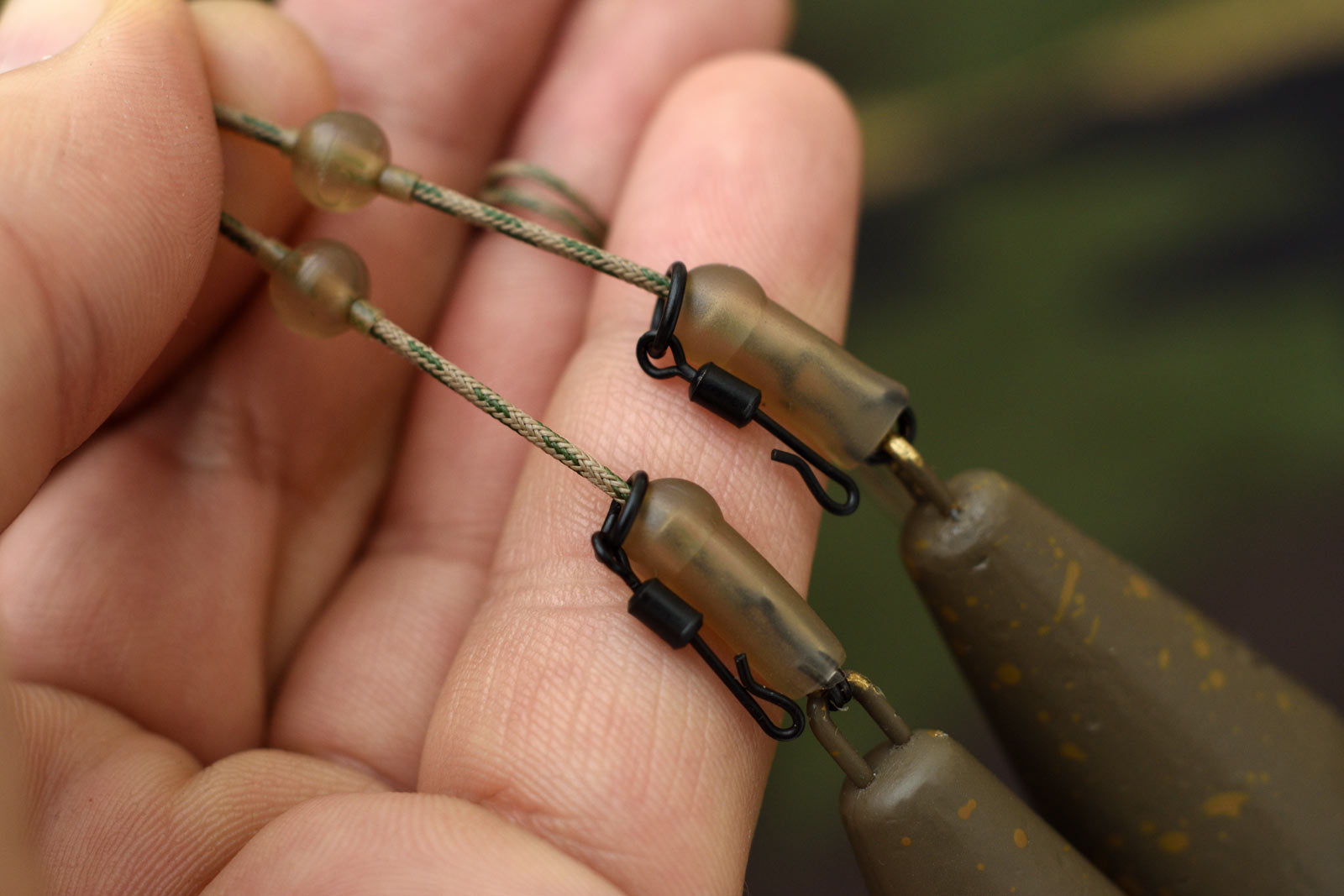
How to construct a Helicopter setup - With Lead free leader
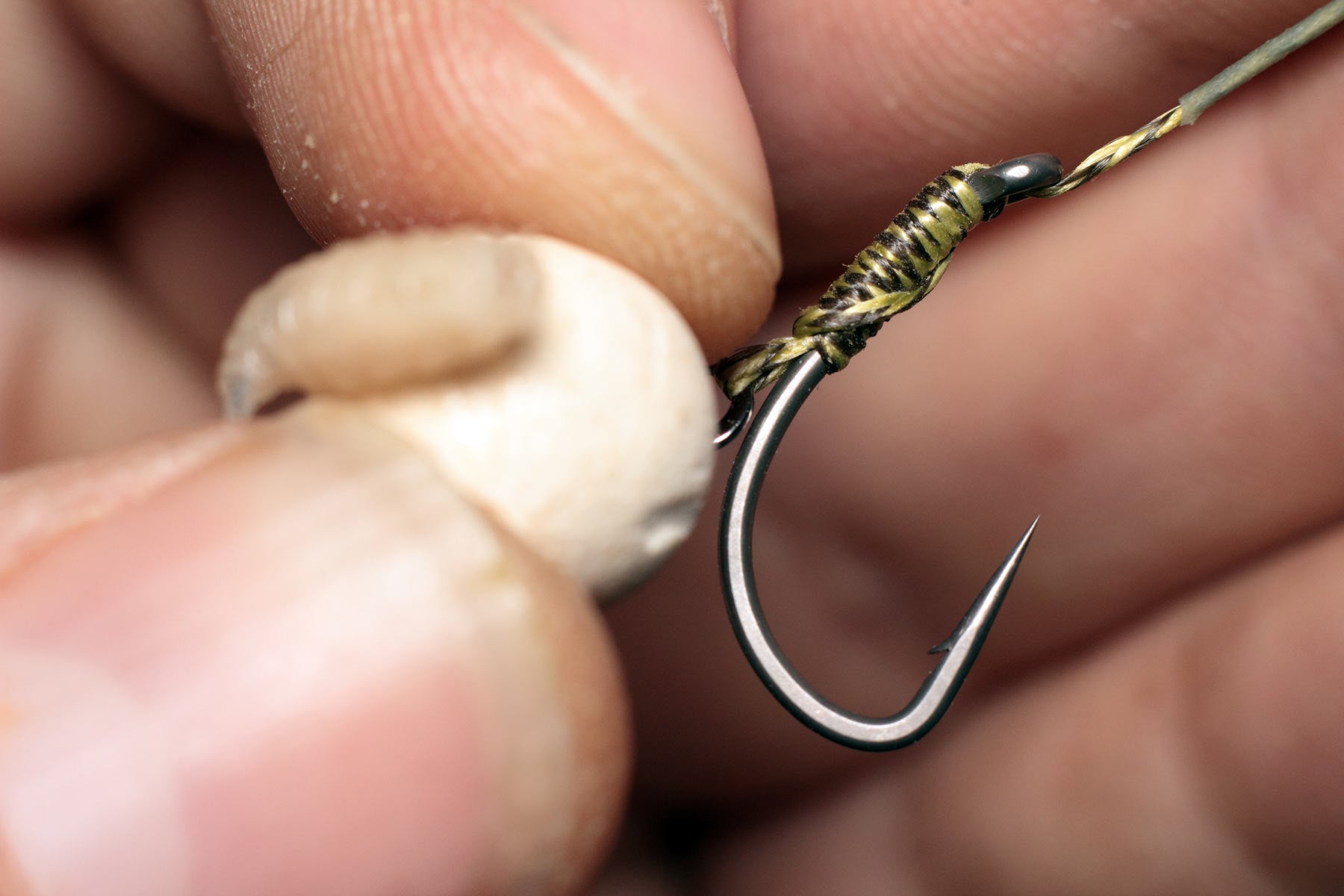
A winter winner: Using maggots with the Horton rig
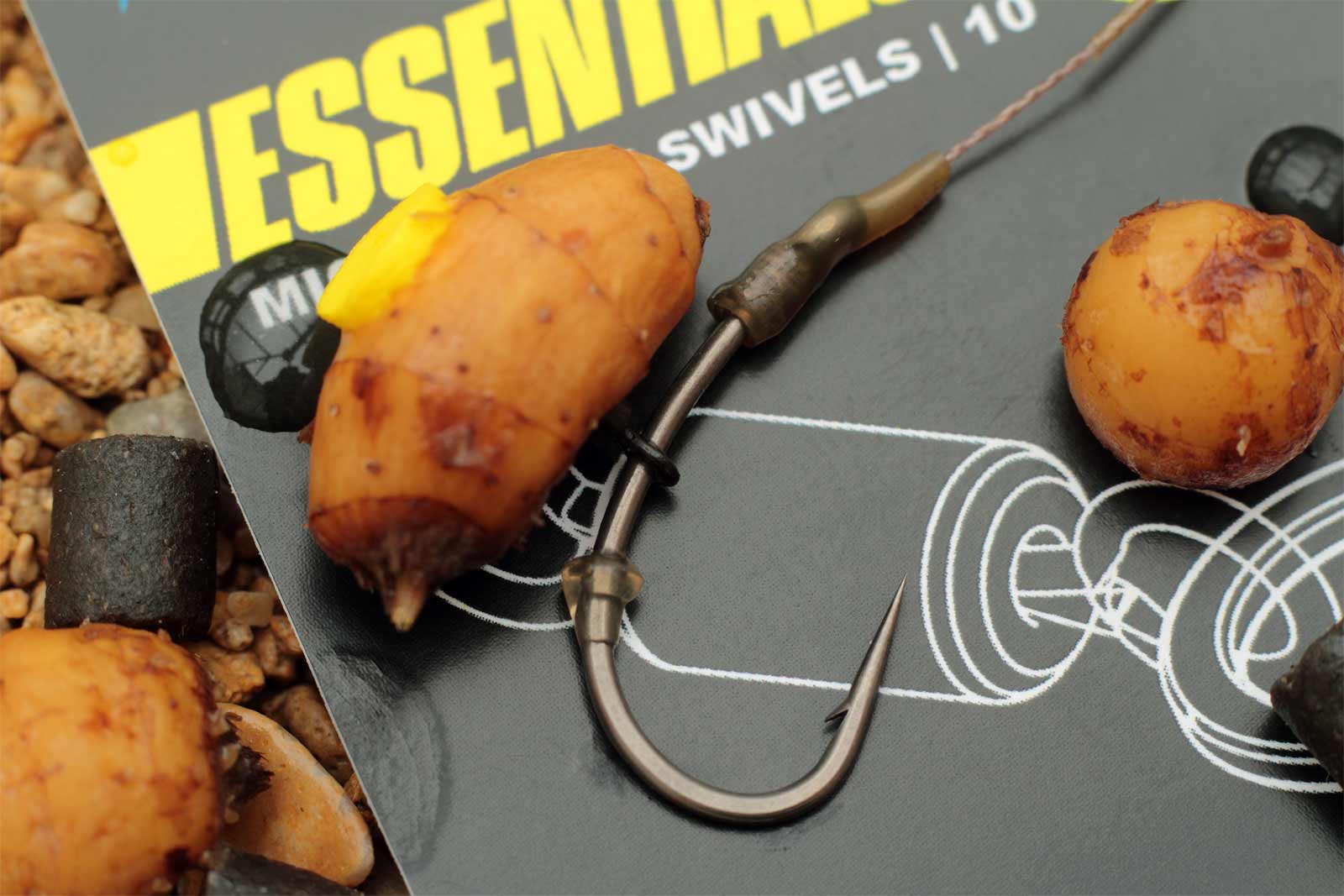
How to tie a balanced Tiger nut rig - Carp rigs by Angling Iron
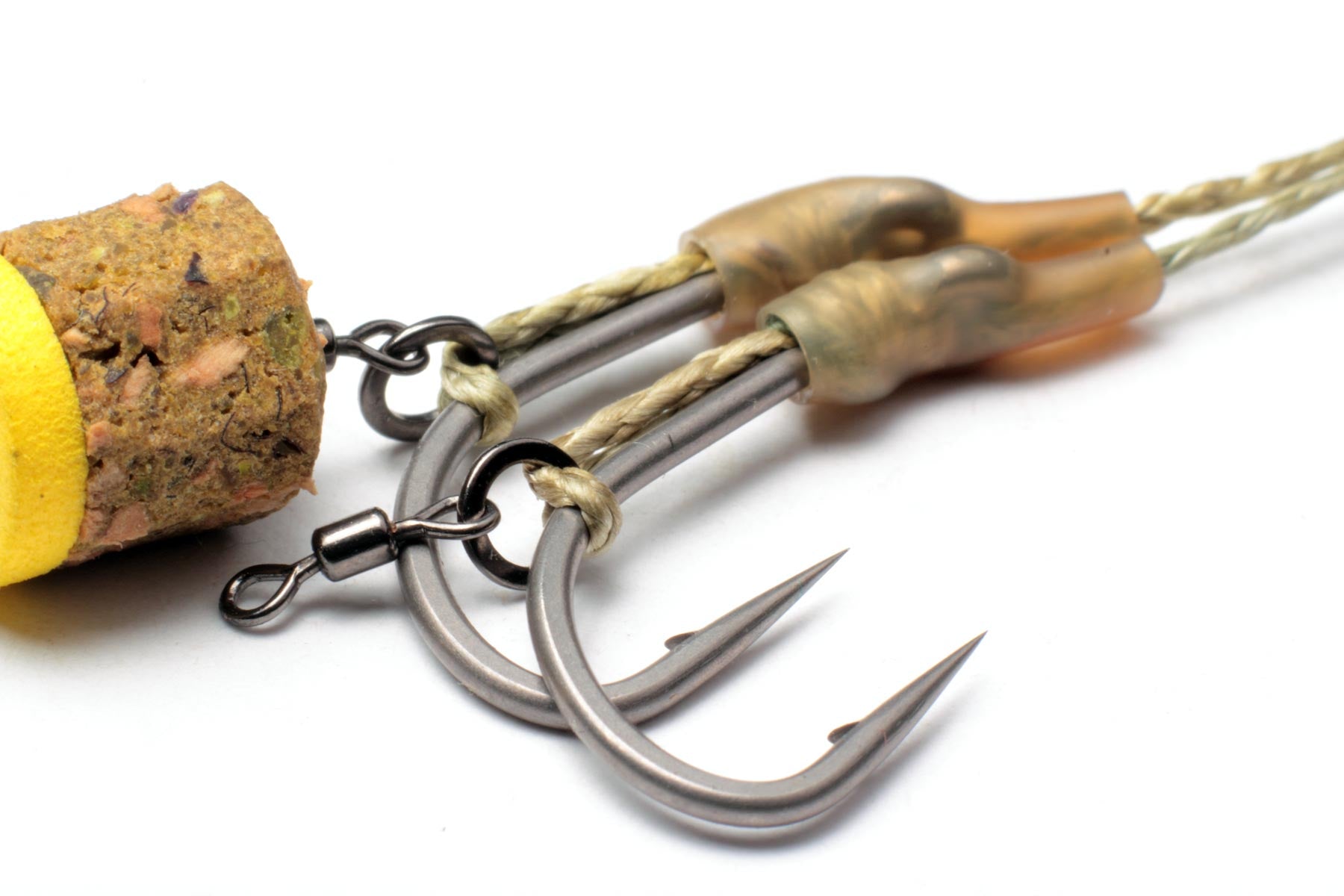
How to tie the Slip D rig - Carp rigs by Angling Iron
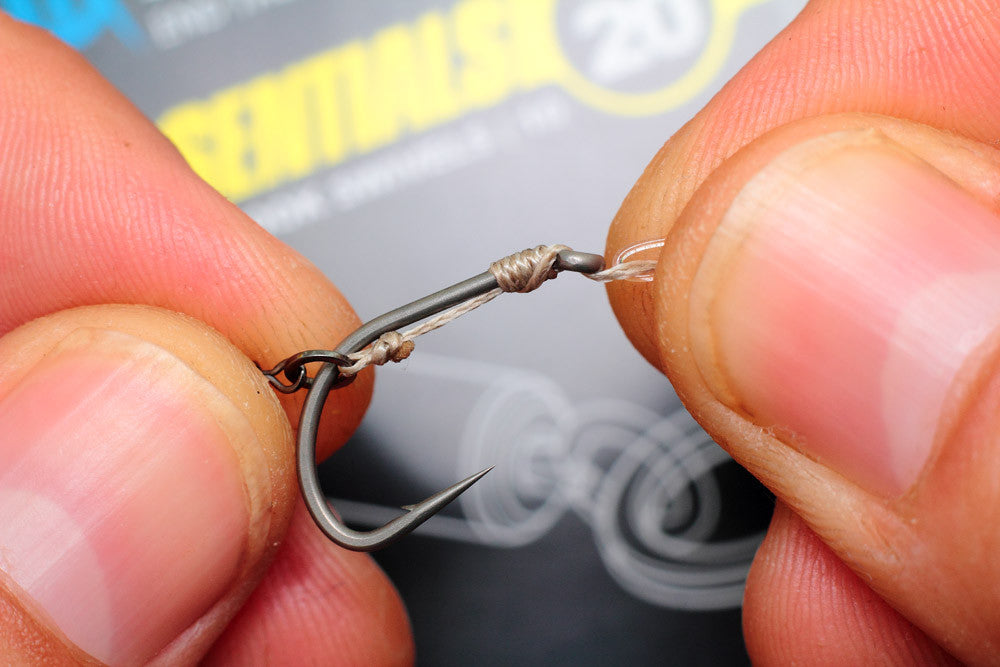
How to tie the Combi rig - A tweak on the classic carp rig
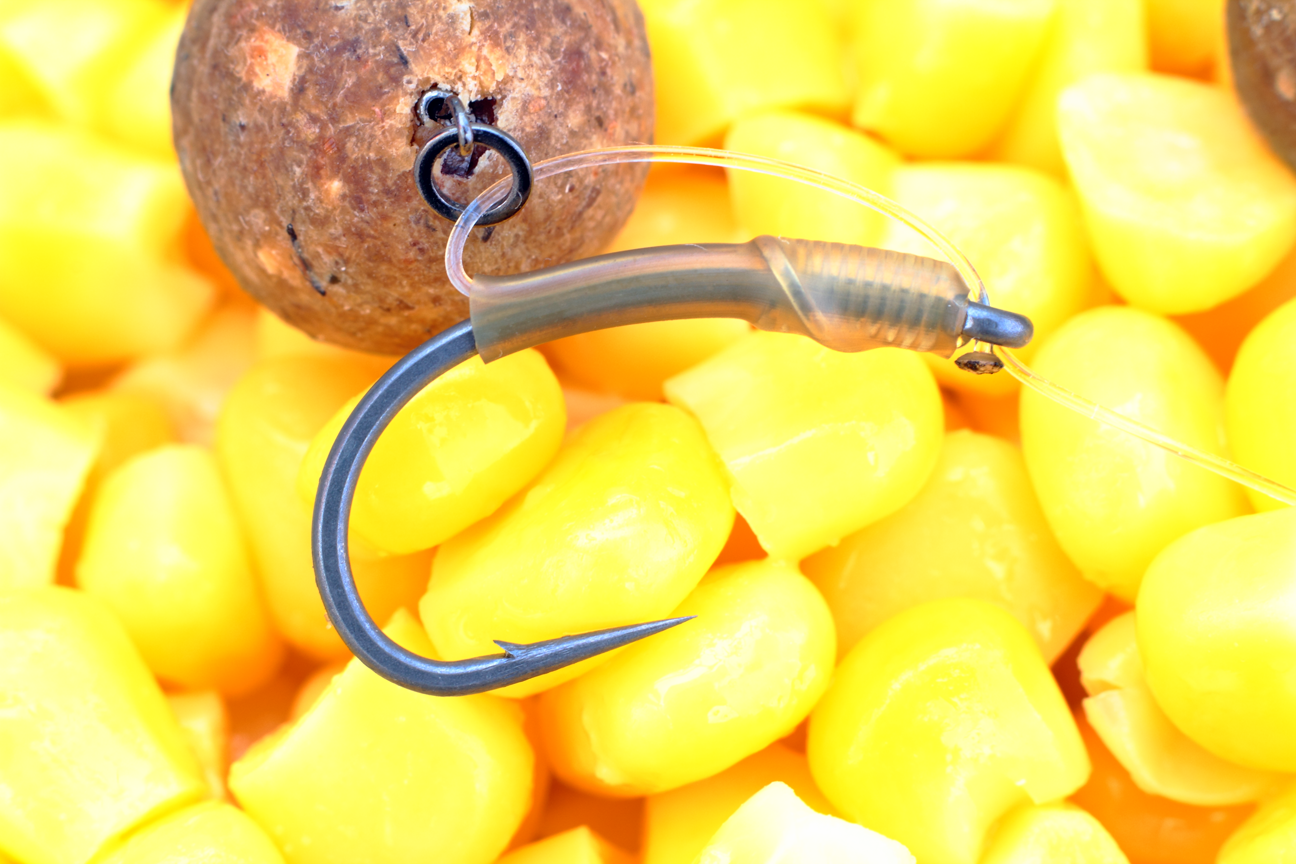
HOW TO TIE THE 'EASY D RIG' - IN NINE STEPS - ANGLING IRON
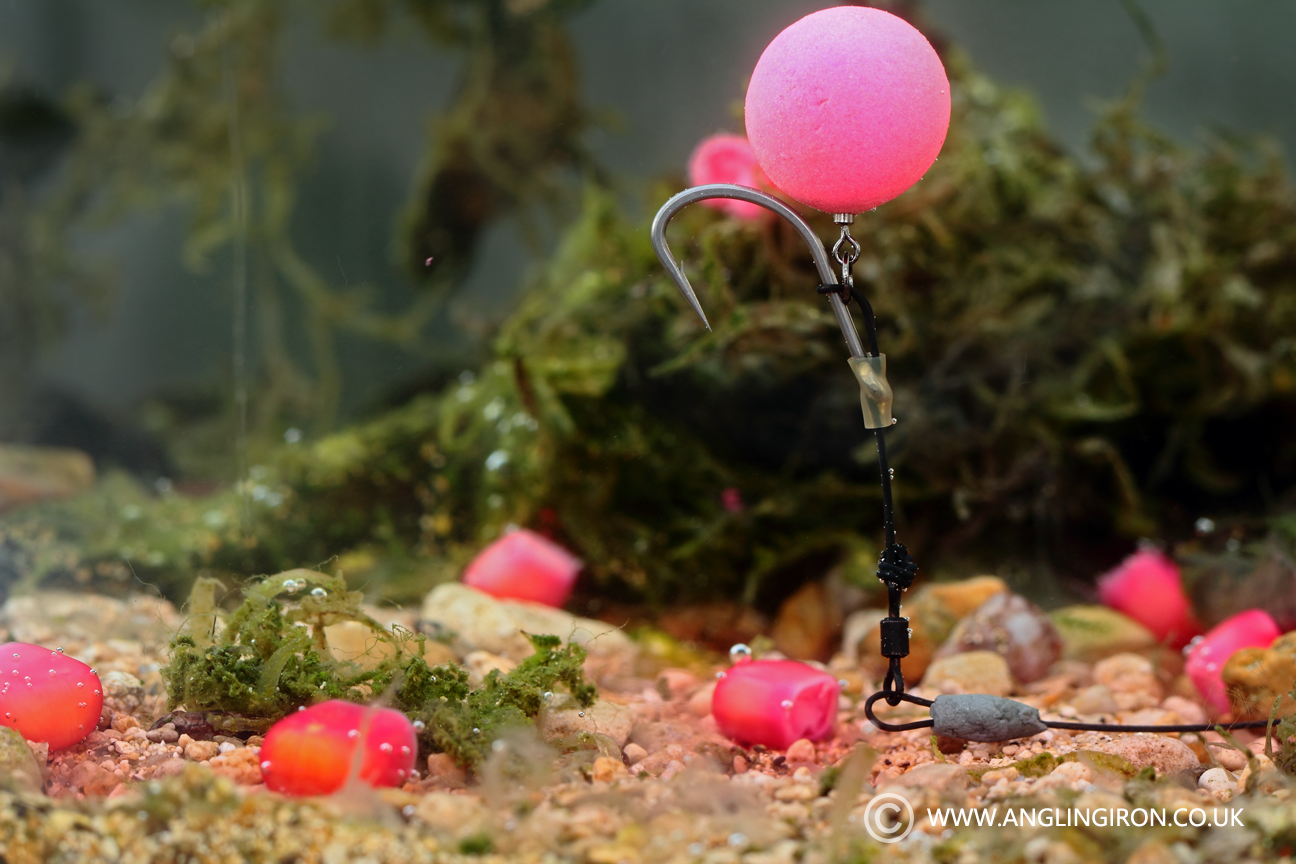
How to tie the Hinged Multi rig - In fifteen steps - carp rigs by Angling Iron
